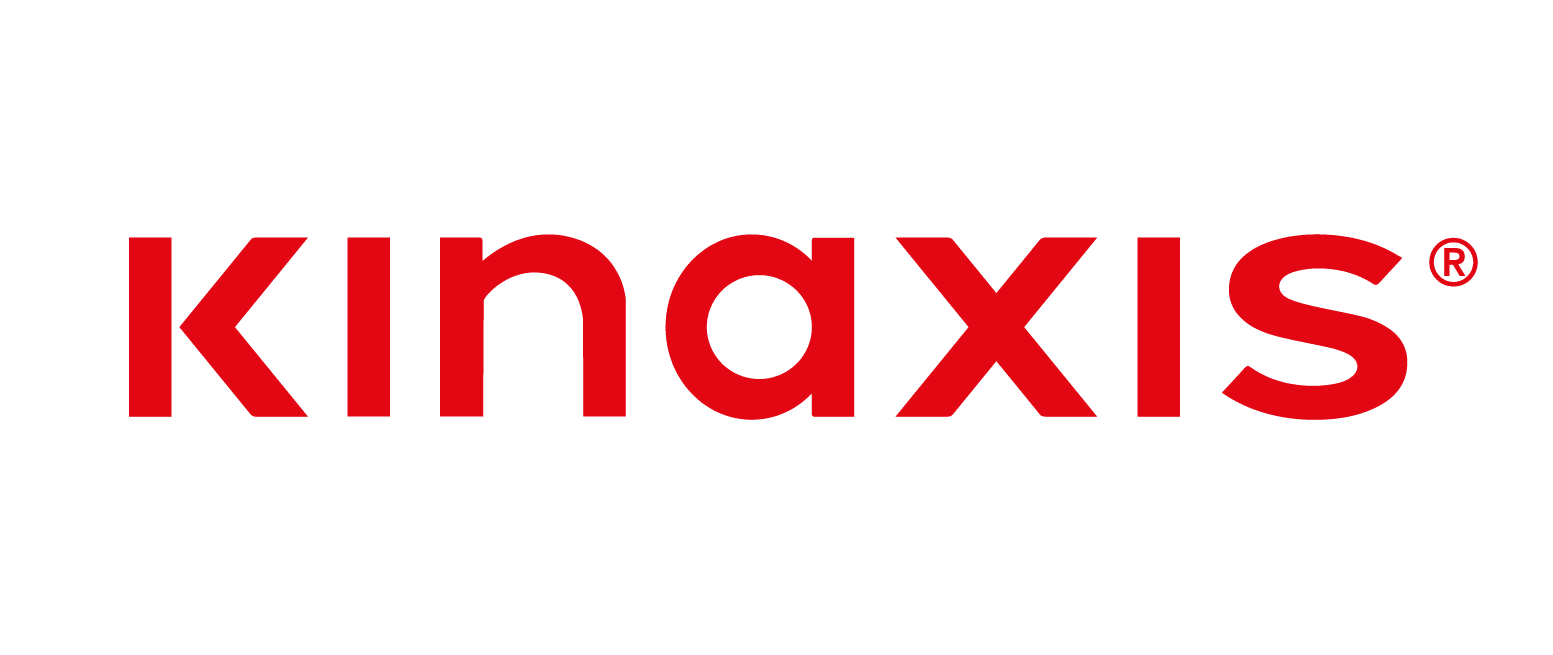 A few weeks ago, I had the opportunity to speak with Asena Yosun Denizeri, Vice President, Retail Solutions at Solvoyo. In this conversation, Asena and I talked about autonomous planning in supply chain.
A few weeks ago, I had the opportunity to speak with Asena Yosun Denizeri, Vice President, Retail Solutions at Solvoyo. In this conversation, Asena and I talked about autonomous planning in supply chain.
I asked Asena to give some deeper insights on a few key points. First, give me a little background on Solvoyo for those people that may not be familiar. Second, what is autonomous planning in supply chain, and what are some practical examples? Third, is autonomous planning feasible for all companies of all sizes? And finally, how does a company achieve autonomous planning? Below are some key points from our discussion. You can watch the full interview below.
Autonomous Planning in Supply Chain
At its core, autonomous supply chain planning entails making decisions to optimize the delivery of goods and services from supplier to customer without the need for human intervention. It is comparable to autonomous cars. These decisions are made in a synchronized manner, using real-time or near real-time data, AI/ML and optimization technology, while having the humans setting the goals and managing the parameters.
In order to achieve this, demand planning, inventory planning, supply planning via procurement and/or production planning, along with fulfilment/allocation and even transportation planning need to be integrated.
For example, in Q-Com (Quick-Commerce) business, where customers expect delivery within 30 minutes every day for each product, they need to decide how much to hold at each micro fulfillment center so that the limited capacity is used in the most optimal way to minimize lost sales while minimizing waste for ultra-fresh products. You have limited space in the micro-fulfilment center, so you need to be smart about it. Then there’s the question of how much to hold at the central warehouse to replenish the MFCs as well as how to dynamically allocate receipts at the cross-docks. DC procurement is also automated by aggregating the needs of the MFCs. Dynamic Cross-dock allocation takes into account sales rates and current inventory at the stores. We call this closed-loop automation synchronized planning. Planners are involved in managing the parameters such as service level targets, shelf lives, lead-times and delivery schedules, and handle exceptions in the recommendations generated by the system.
Feasibility of Autonomous Planning
It is absolutely feasible to achieve this for companies of all sizes and levels of digital maturity. Some companies have started this journey with Excel-based manual processes. On the other hand, some larger enterprise customers already had planning systems in place, but they were operating in silos and were still making manual adjustments on the outputs of each system. By integrating all of these steps, companies can create a single source of truth, which makes decision making faster and more agile.
So how do companies achieve autonomous planning? It is a three step approach: digital, intelligent, and autonomous.
In the digital step, companies integrate all data sources to consolidate data on a cloud platform. Of course, while doing that you need to consider the operational realities of the business as well as the commercial rules agreed with suppliers, so planners don’t have to constantly adjust the results. This means getting data that influences all of these decisions in real time or near real time. This data includes sales data, inventory data, open orders, master data for products (including their attributes and shelf lives for fresh and ultra-fresh), assortments at each location, and bill of materials for manufacturing or kit assembly. Master data related to locations where inventory is held is another important piece of data.
You must also take in vendor data including lead times, minimum order quantities, and delivery schedules. Operational plans and constraints include available resources, capacities, and planned promotions. External data such as weather or website traffic and clicks must also be taken into account. Also in this step, to address data quality-issues and ensure they stay clean, you must implement master data diagnostics that assesses the fullness, quality and consistency of the data received every day. KPI dashboards to start measuring key supply chain KPIs such as excess inventory and stock-outs are important.
Next, companies need to start working on the intelligent layer. First, companies can normalize the incoming sales data for stock-outs, promotions, and special days. You can configure the forecasting engine and machine learning models and provide predictive alerts and start measuring the demand and supply variability.
At this point, companies can move on to the autonomous planning step where, using optimization, you can provide the inventory targets, allocation, replenishment, procurement, production, fulfillment, transportation recommendations subject to objectives, constraints, and operational considerations input by the planners. One of the key responsibilities of the planners is to guide the system towards what they are trying to achieve. For instance, for inventory target setting, service level targets are an important input. Users can manage these using dynamic product segmentation capabilities. Planned promotions and new product introductions are also important inputs required for forecasting. Capacity and resource constraints are another important input.
About Solvoyo
Solvoyo is a cloud-native supply chain analytics and planning company. The company’s philosophy is that the recommendations coming out of their engine would be of such high quality, that they would be executed without any touch. Solvoyo has seen the importance of automated decision making, especially during the COVID pandemic. As a result, it sees itself as partner to take its clients from digital to intelligent to ultimately autonomous.
















